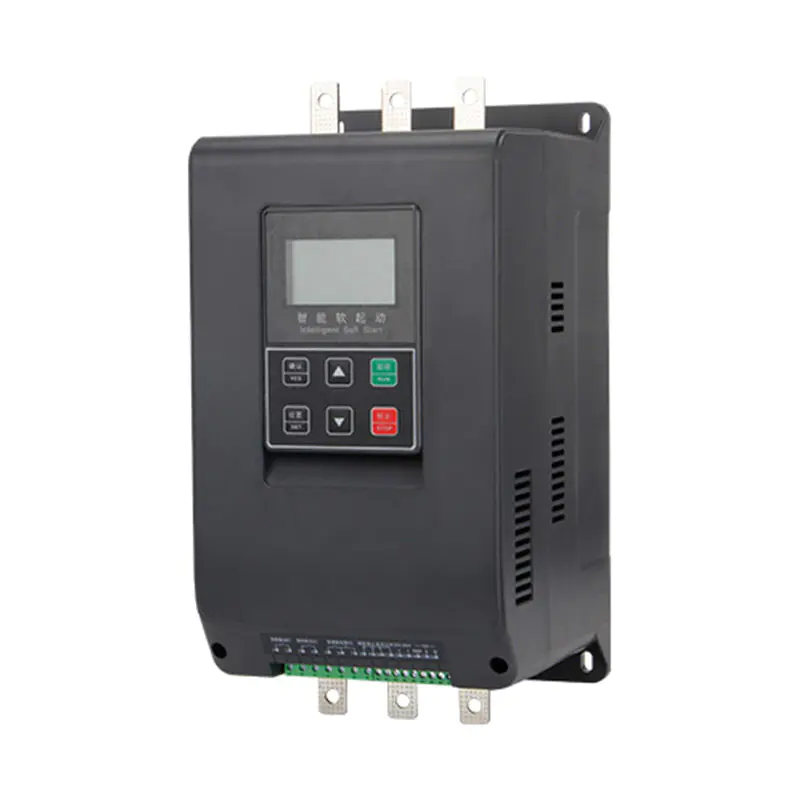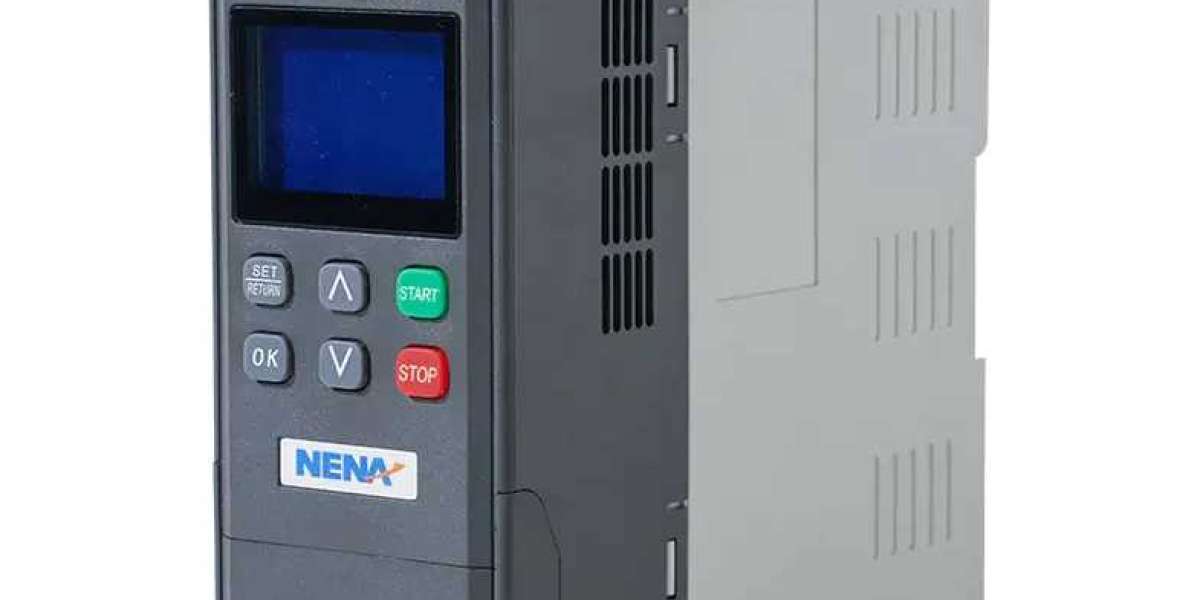A motor soft starter is generally a reliable component, but like any electronic device, it can encounter operational issues. Understanding common problems and their potential solutions helps maintain uptime. If a motor soft starter fails to start the motor, trips unexpectedly, or behaves erratically, a systematic approach to troubleshooting is key.

Start with the basics: verify power supply. Ensure all three phases are present at the input terminals with the correct voltage level and balance. Check for blown input fuses or tripped upstream circuit breakers. Inspect the motor itself – confirm it turns freely by hand (if safe and possible), isn't seized, and that its windings show continuity and correct resistance (megger testing might be needed). Verify all control wiring connections to the soft starter terminals are secure and correct according to the wiring diagram, paying close attention to start/stop signals, interlocks, and bypass contactor control if used.
Many modern motor soft starter units feature diagnostic LEDs or display fault codes. Consult the manufacturer's manual to interpret these codes accurately. Common faults include:
Phase Loss: Indicates missing voltage on one or more input phases or possibly a blown fuse. Check supply and fuses.
Overload/Overcurrent: The motor is drawing excessive current. This could stem from an overloaded motor, mechanical binding in the load, low supply voltage, or incorrect soft starter settings (initial torque set too low).
Overheating: Check ambient temperature isn't exceeding specifications. Ensure cooling fins are clean and fans (if present) are operational. Verify the unit isn't overloaded.
SCR/Thyristor Fault: Could indicate a failed semiconductor. Often requires professional repair or unit replacement.
Start Inhibit: Verify control circuit wiring, start signal presence, and any external interlocks (e.g., emergency stops, safety guards).
Parameter settings are critical. An incorrectly configured motor soft starter can cause starting issues (motor stalls if initial torque is too low) or excessive inrush/torque (if ramp time is too short or initial torque too high). Review settings like start voltage/initial torque, ramp time, and current limit against motor specifications and load requirements. Ensure any bypass contactor is functioning correctly once the motor reaches full speed; if it fails to engage, the SCRs will overheat.
Electrical noise can sometimes interfere with control signals. Ensure control wiring is separated from power cables and properly shielded if necessary. Check for grounding integrity on both the soft starter and the motor. If troubleshooting confirms a faulty soft starter component, consult the manufacturer's support or a qualified technician for repair or replacement guidance. Regular preventative maintenance, including visual inspections, connection tightening, and cleaning, helps prevent many common issues.



